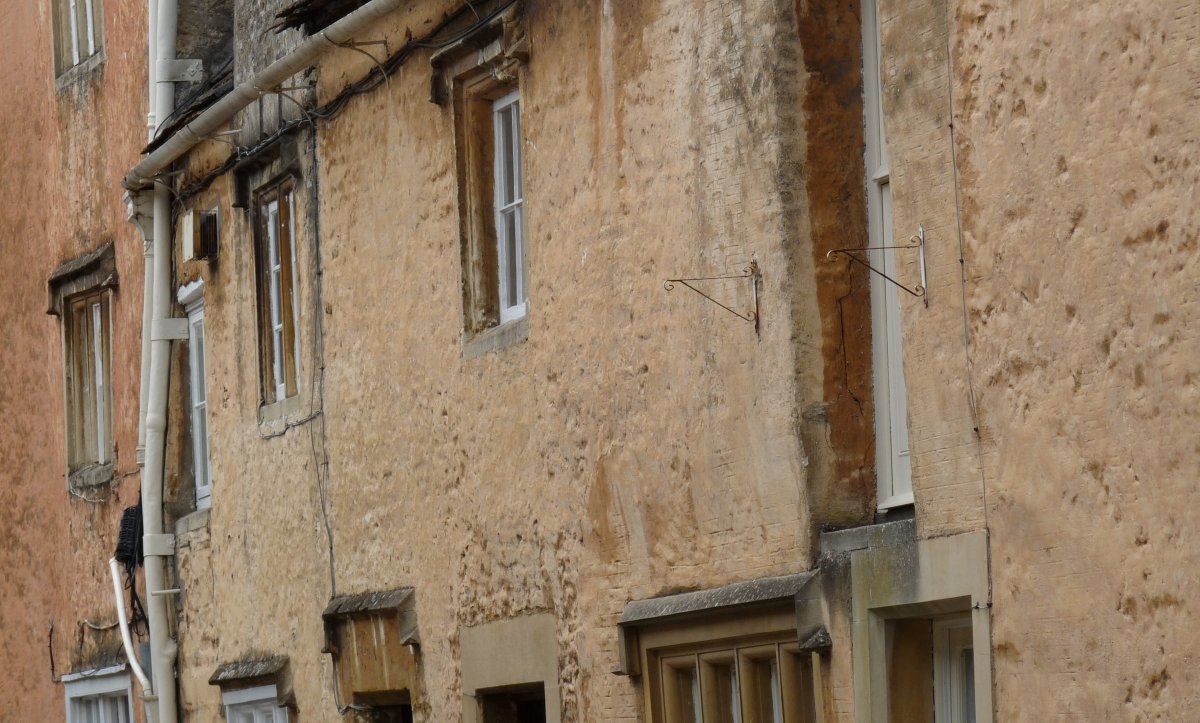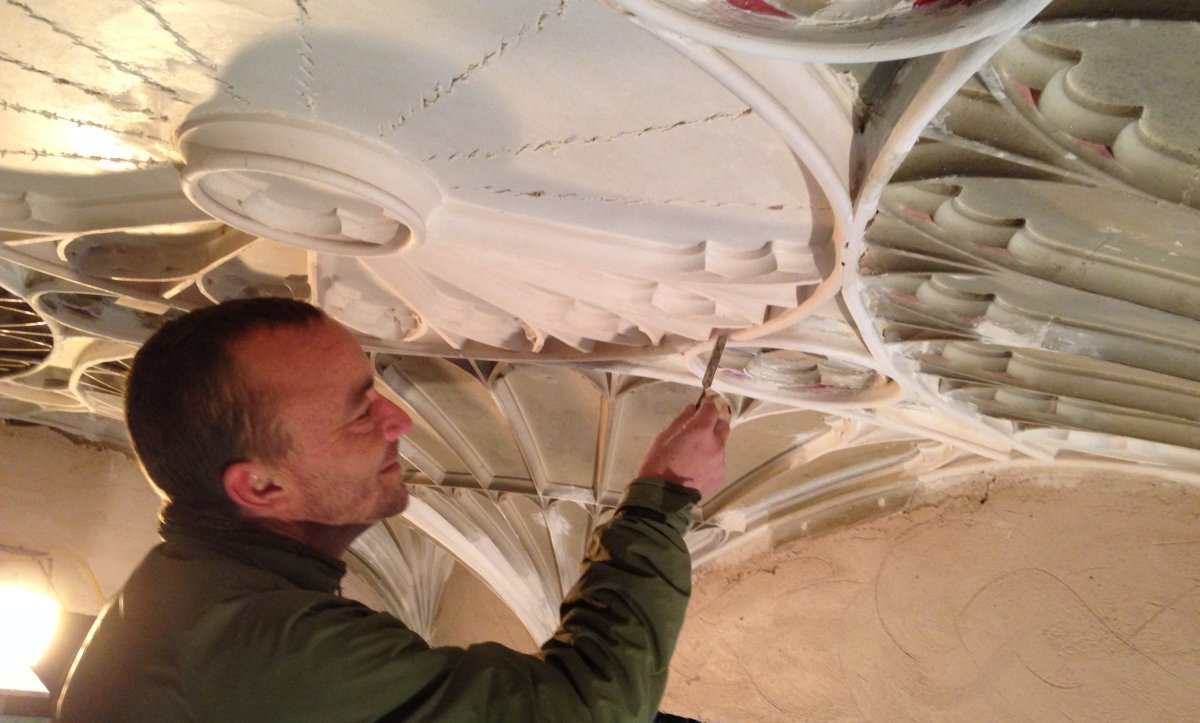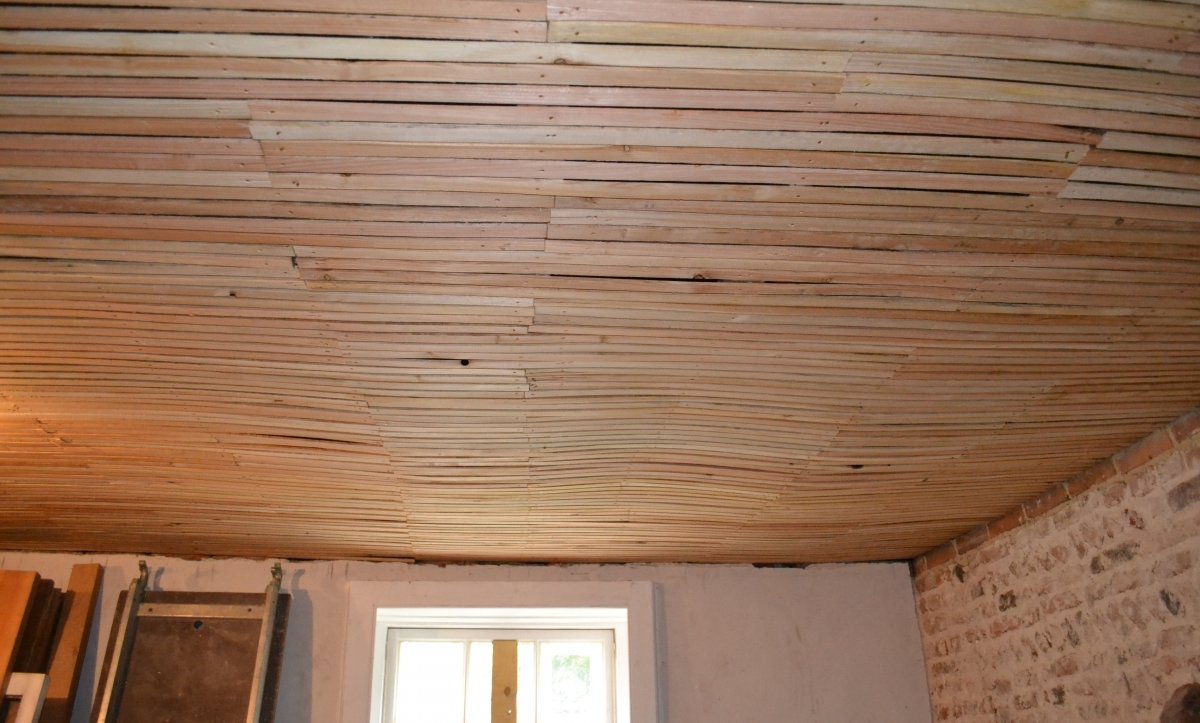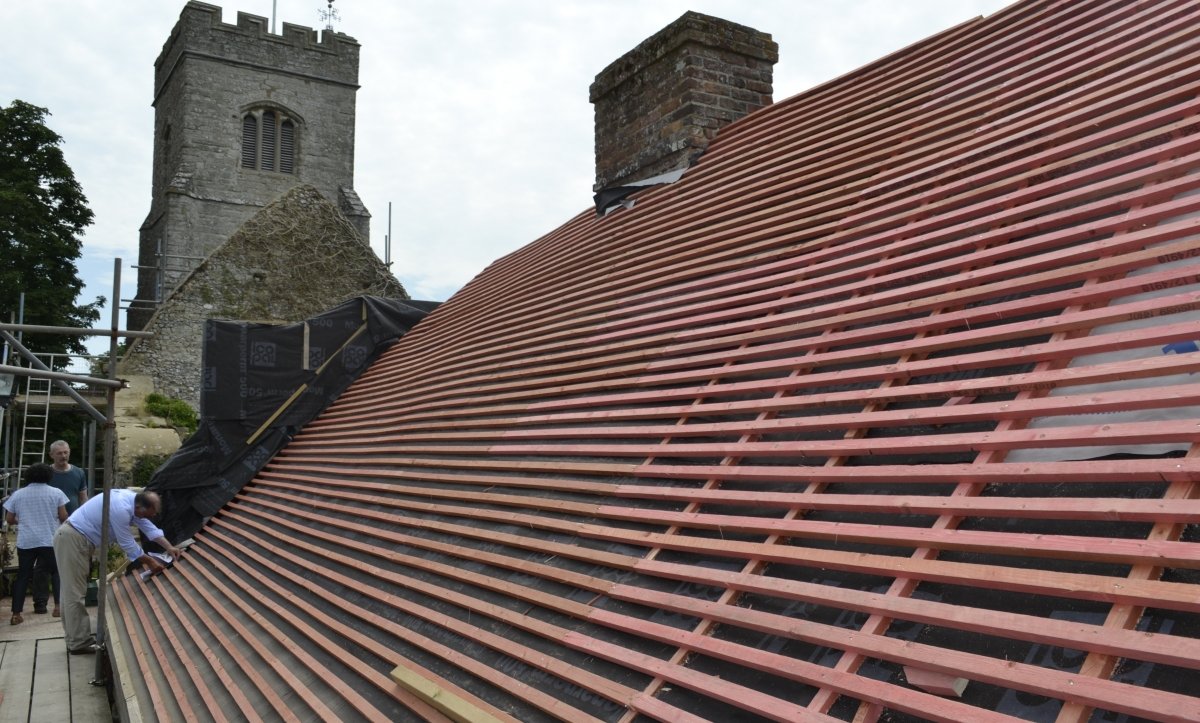Limewash is one of our most useful, beautiful and benign decorative finishes. In many ways it is the ideal choice for old buildings.
Search our Knowledgebase
Search our Knowledgebase
Historically, many building interiors were plastered with non-hydraulic lime, sand and hair (sometimes gauged with gypsum) or, alternatively, clay, a lime binder and reinforcement such as straw, concealed under a lime skim. Such plasters are applied directly to solid backings, such as masonry or cob, or flexible supports, including timber laths or reed.
Historically, many building interiors were plastered with non-hydraulic lime, sand and hair (sometimes gauged with gypsum) or, alternatively, clay, a lime binder and reinforcement such as straw, concealed under a lime skim. Such plasters are applied directly to solid backings, such as masonry or cob, or flexible supports, including timber laths or reed. Lime or clay plaster can have a more pleasing character as well as offer better internal comfort and sound insulation than substitutes widespread by the 20th century.
Lack of maintenance is a key reason why old buildings deteriorate. Maintenance essentially means preventing rainwater getting in where it can cause harm. Water is potentially most likely to enter through the roof, so putting right minor problems here before they worsen can avert the need for more extensive repair.





